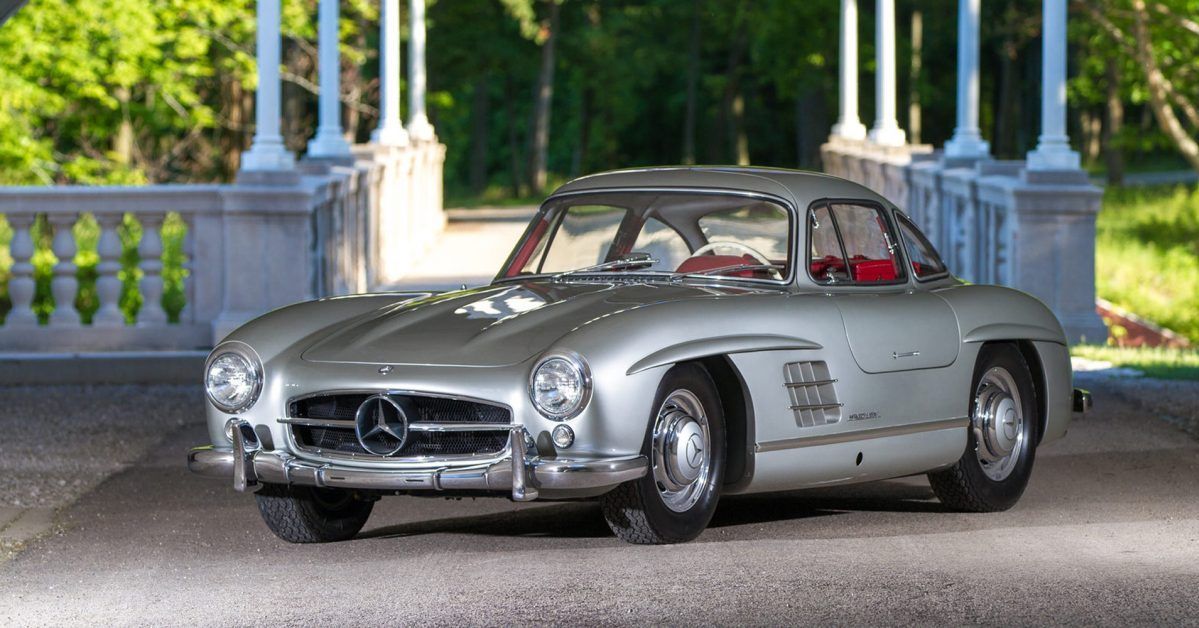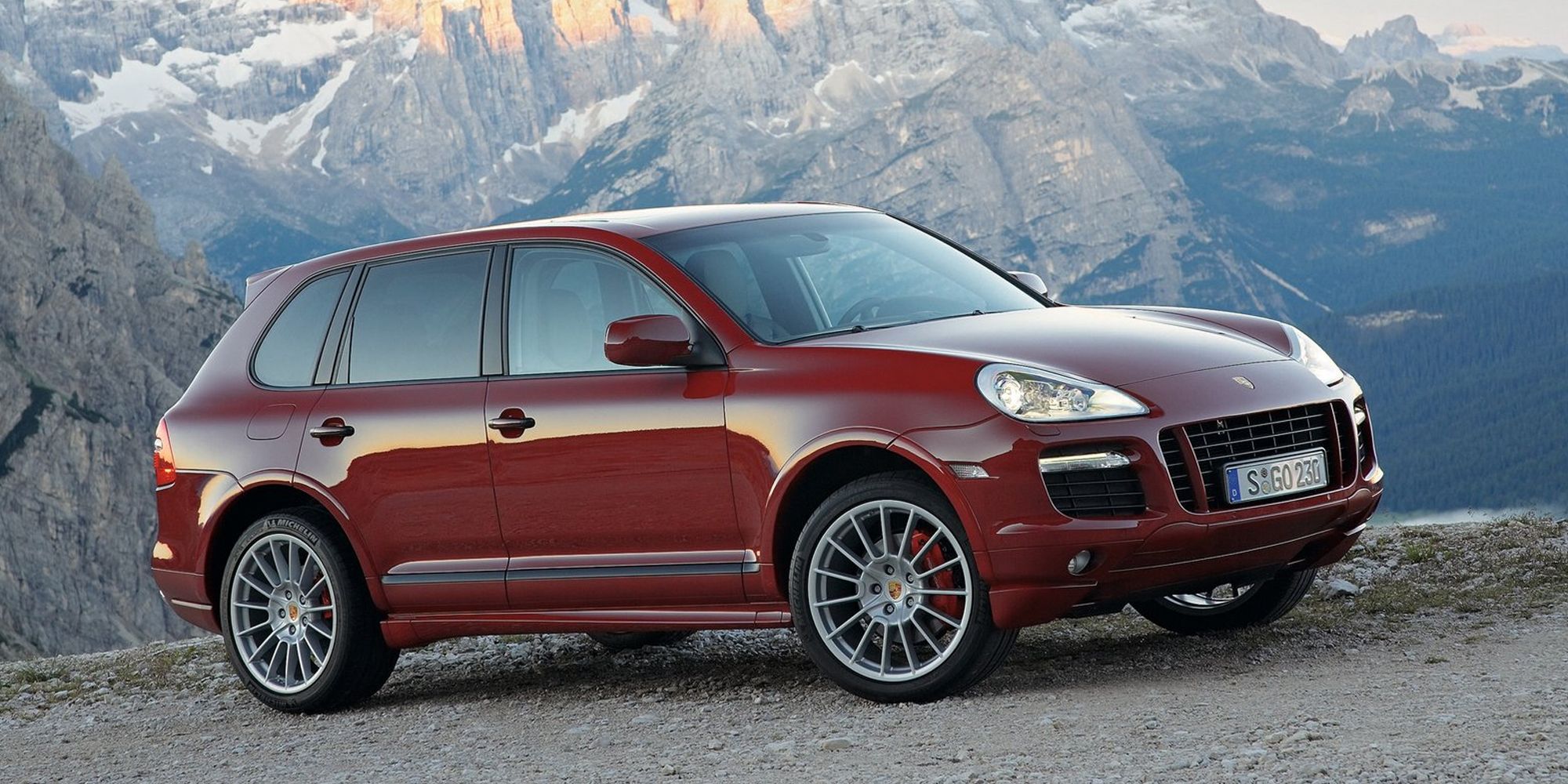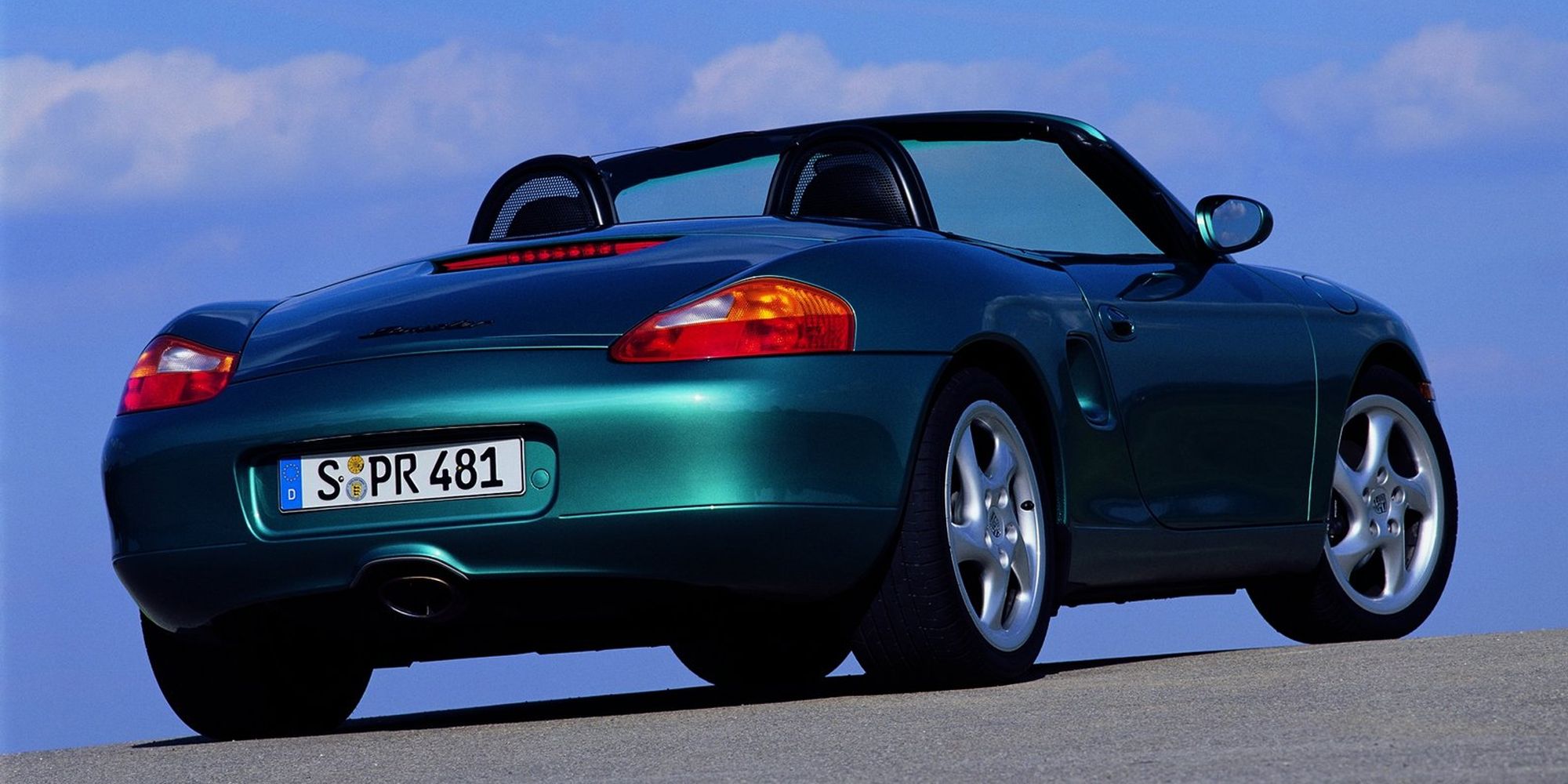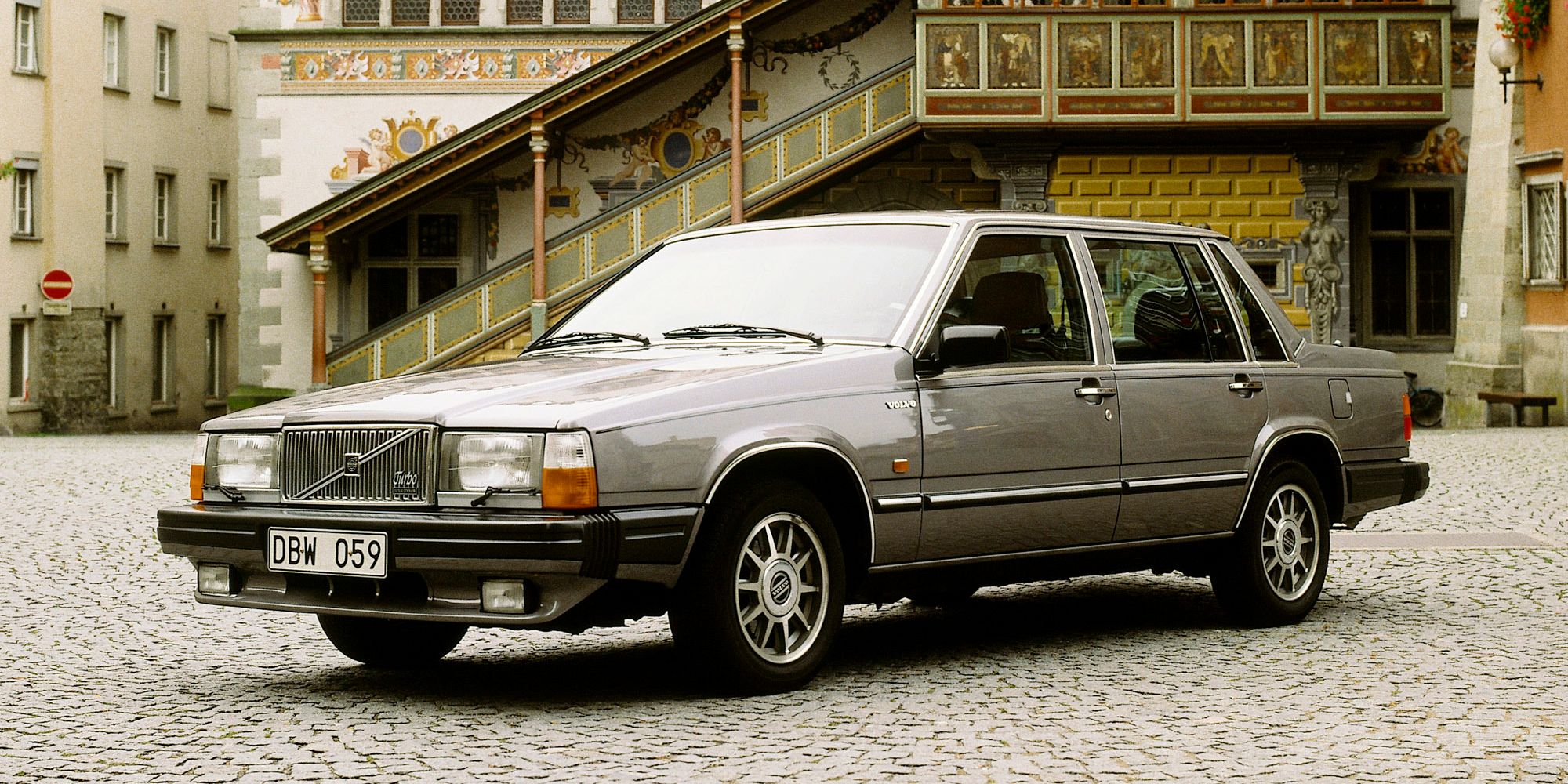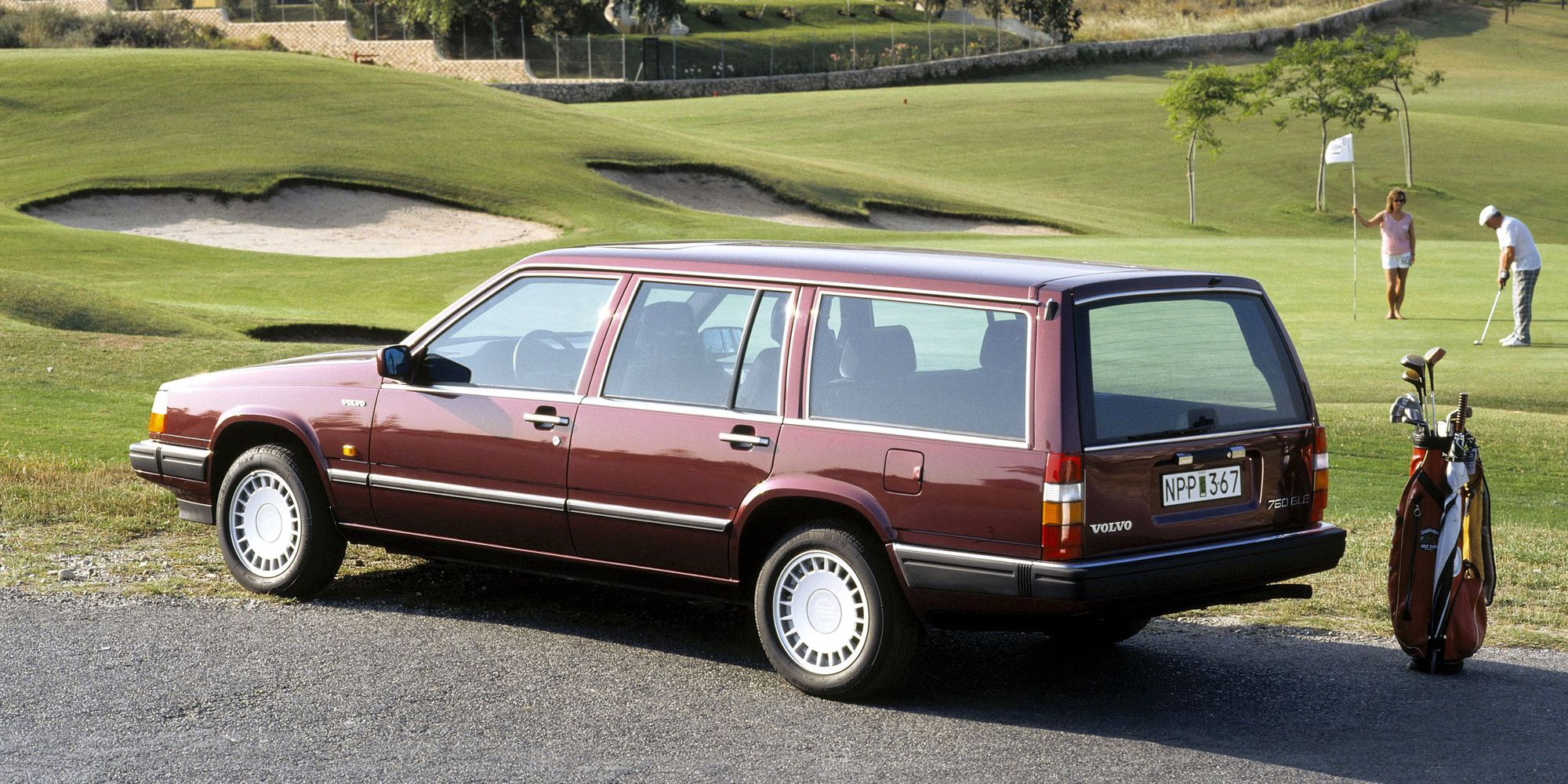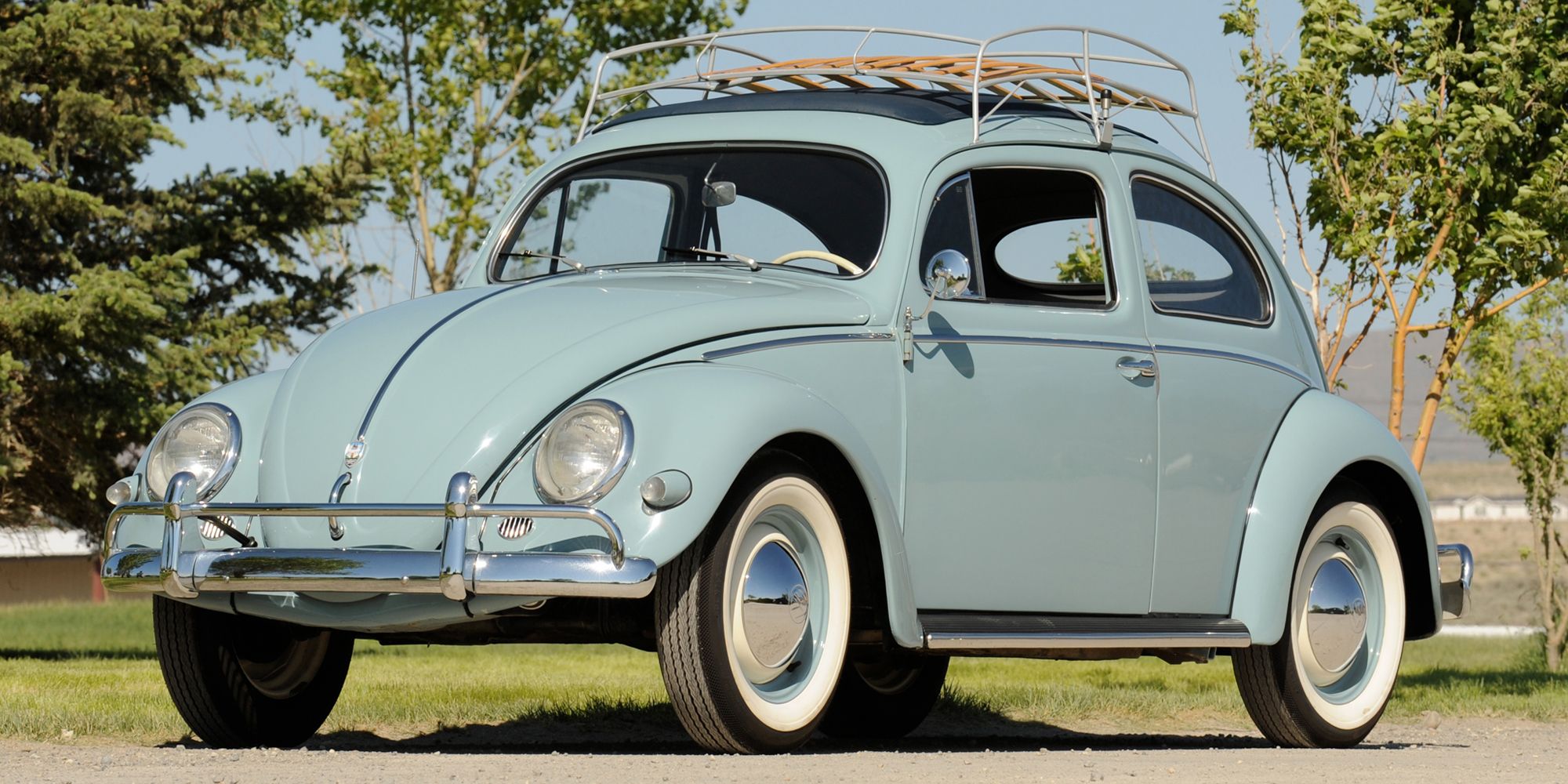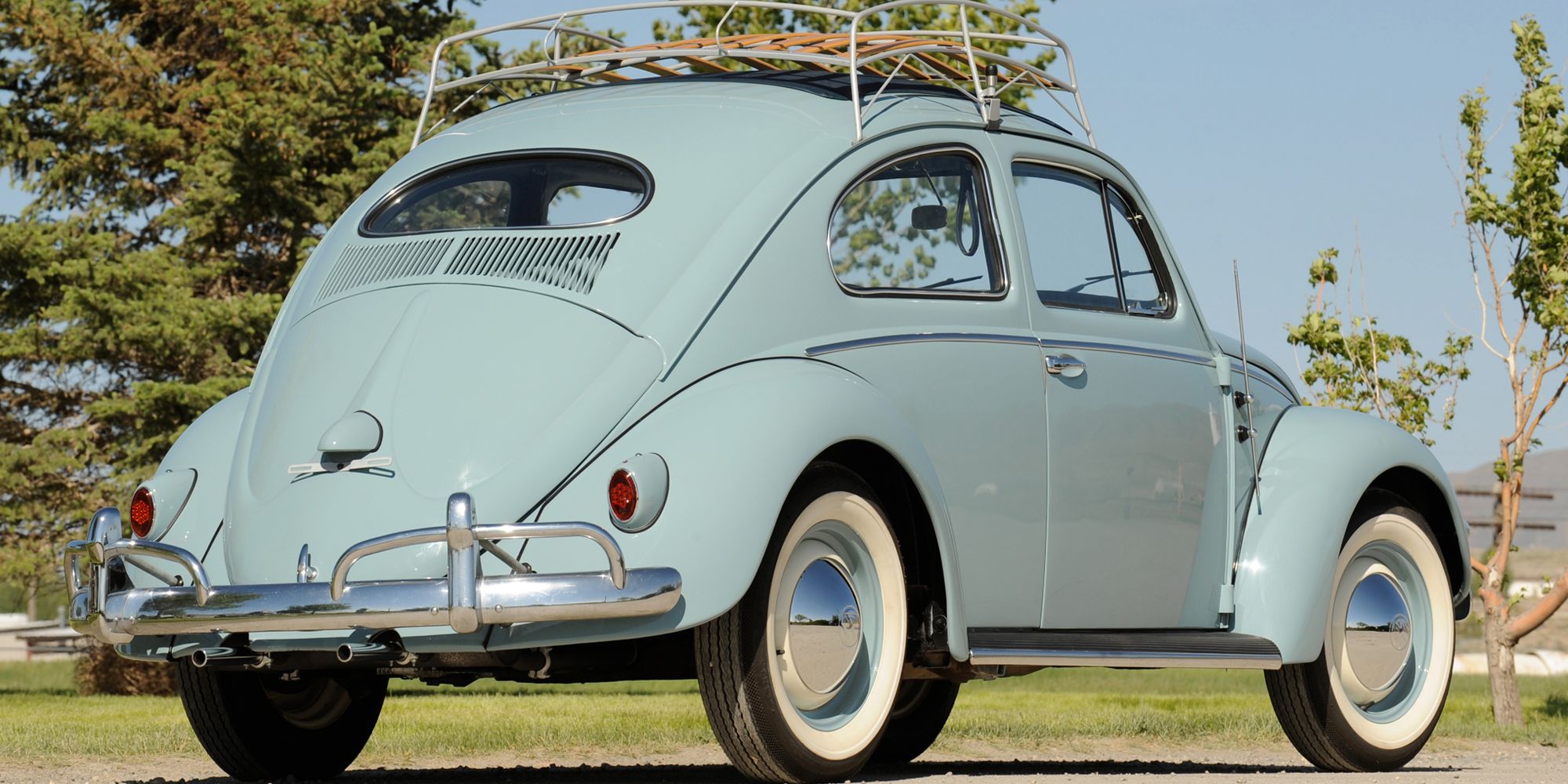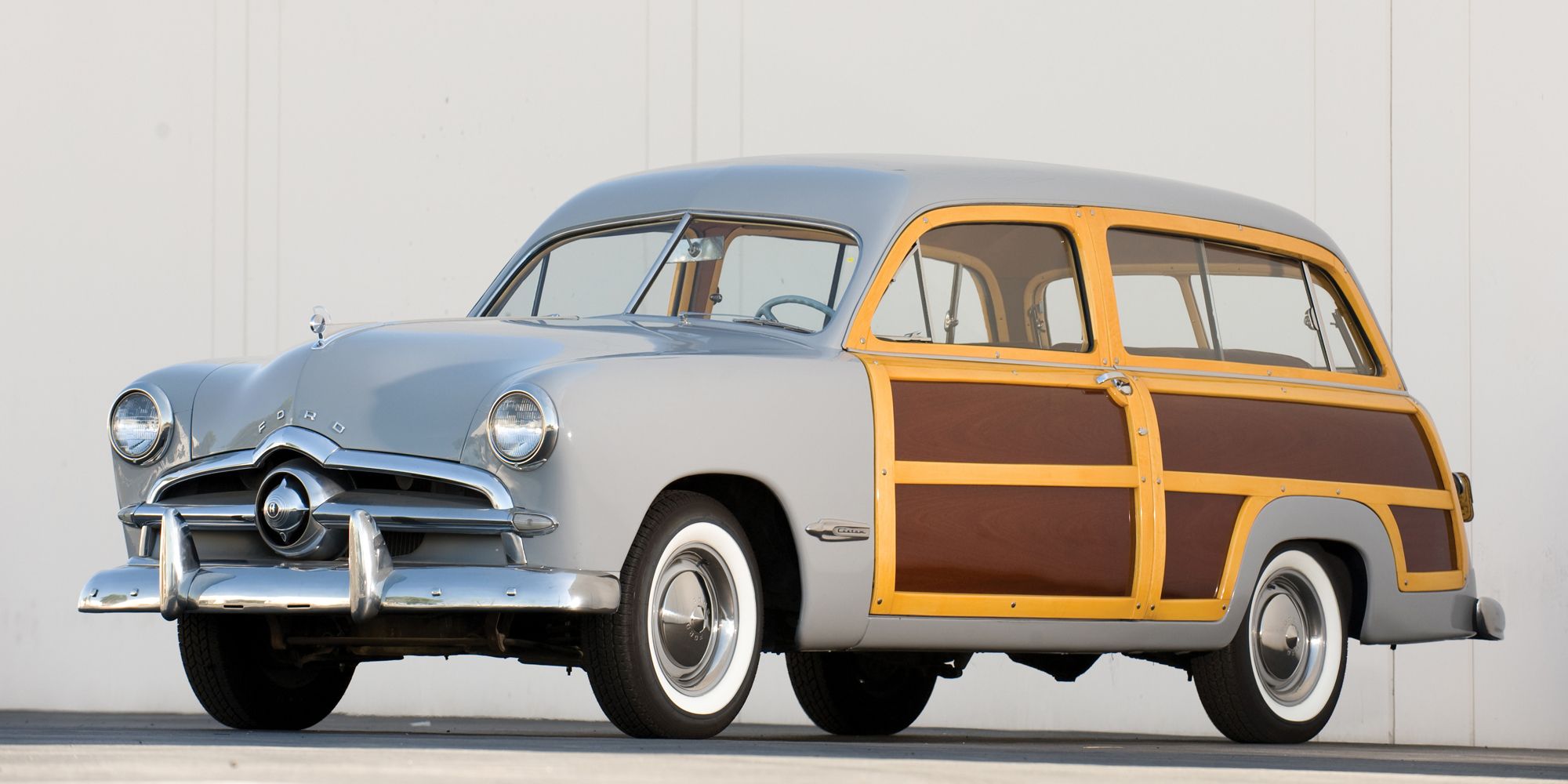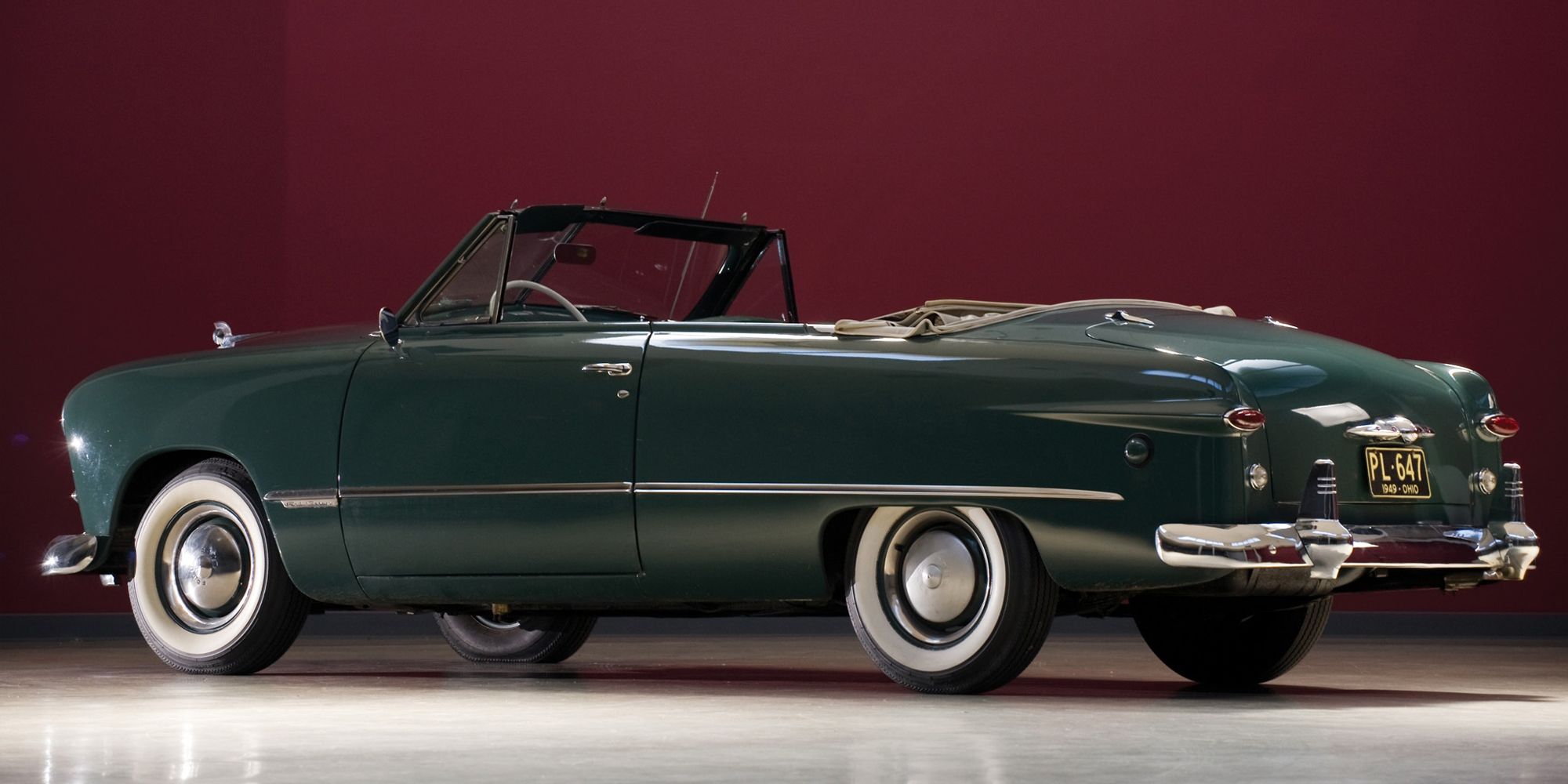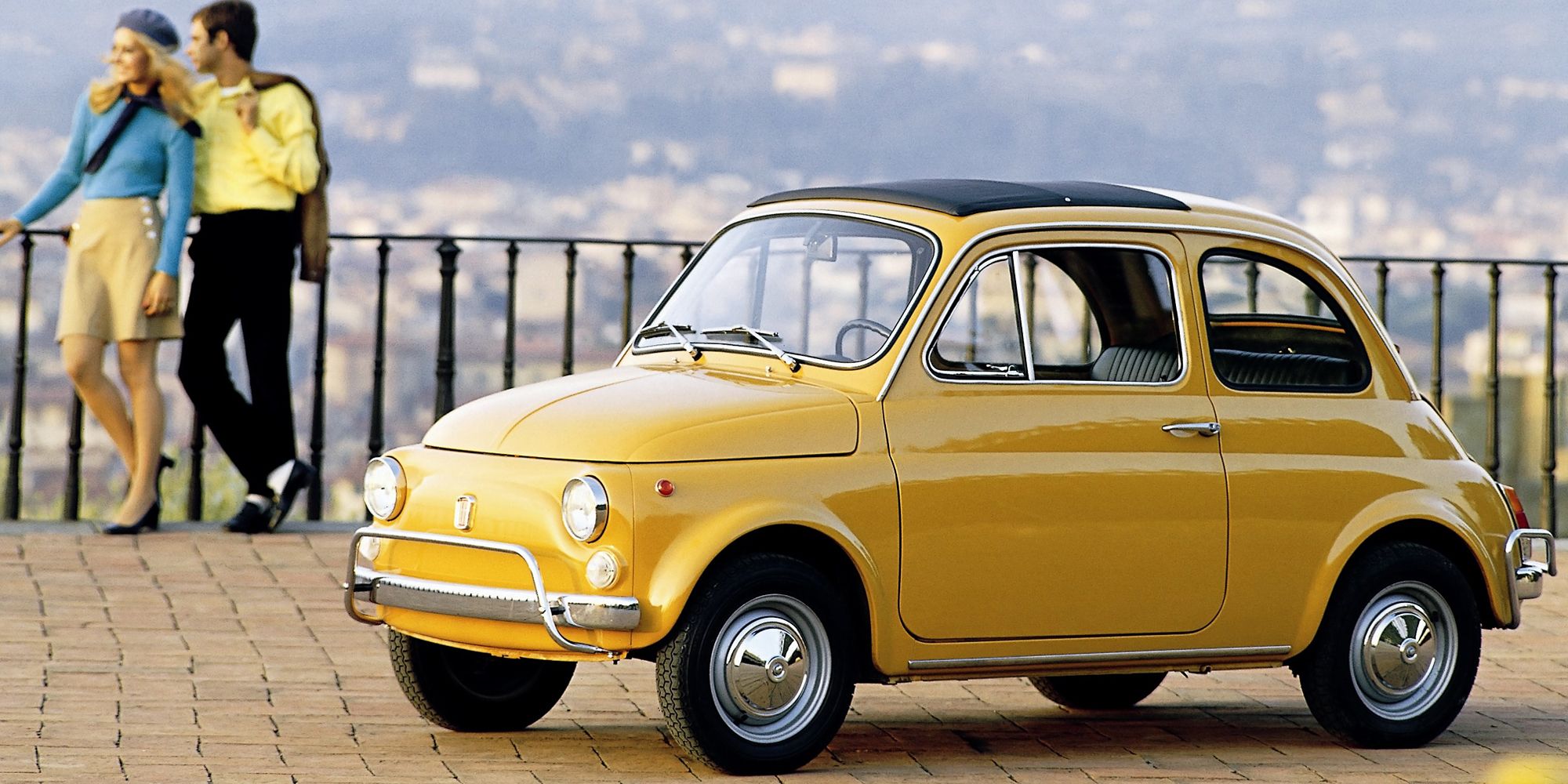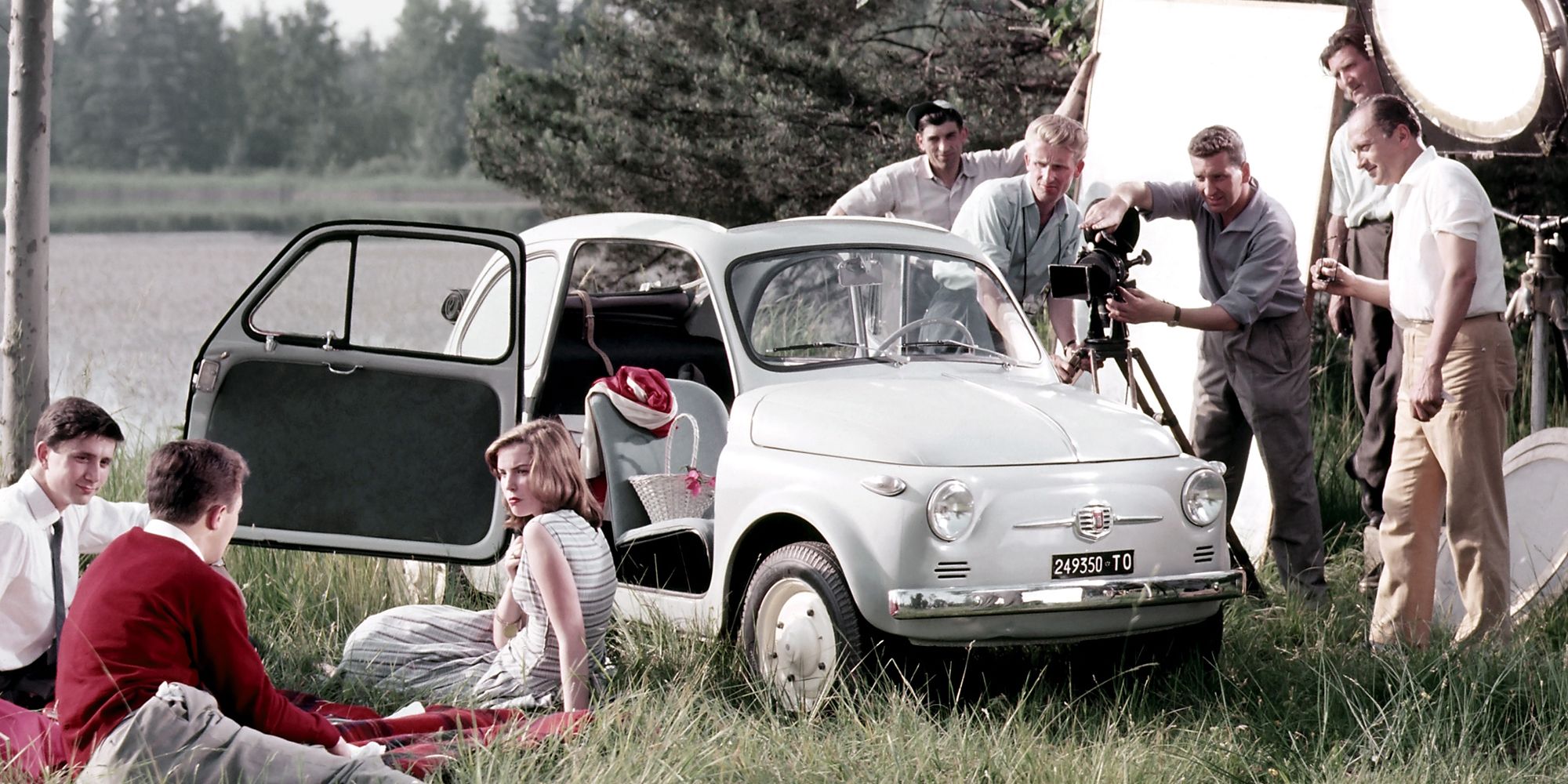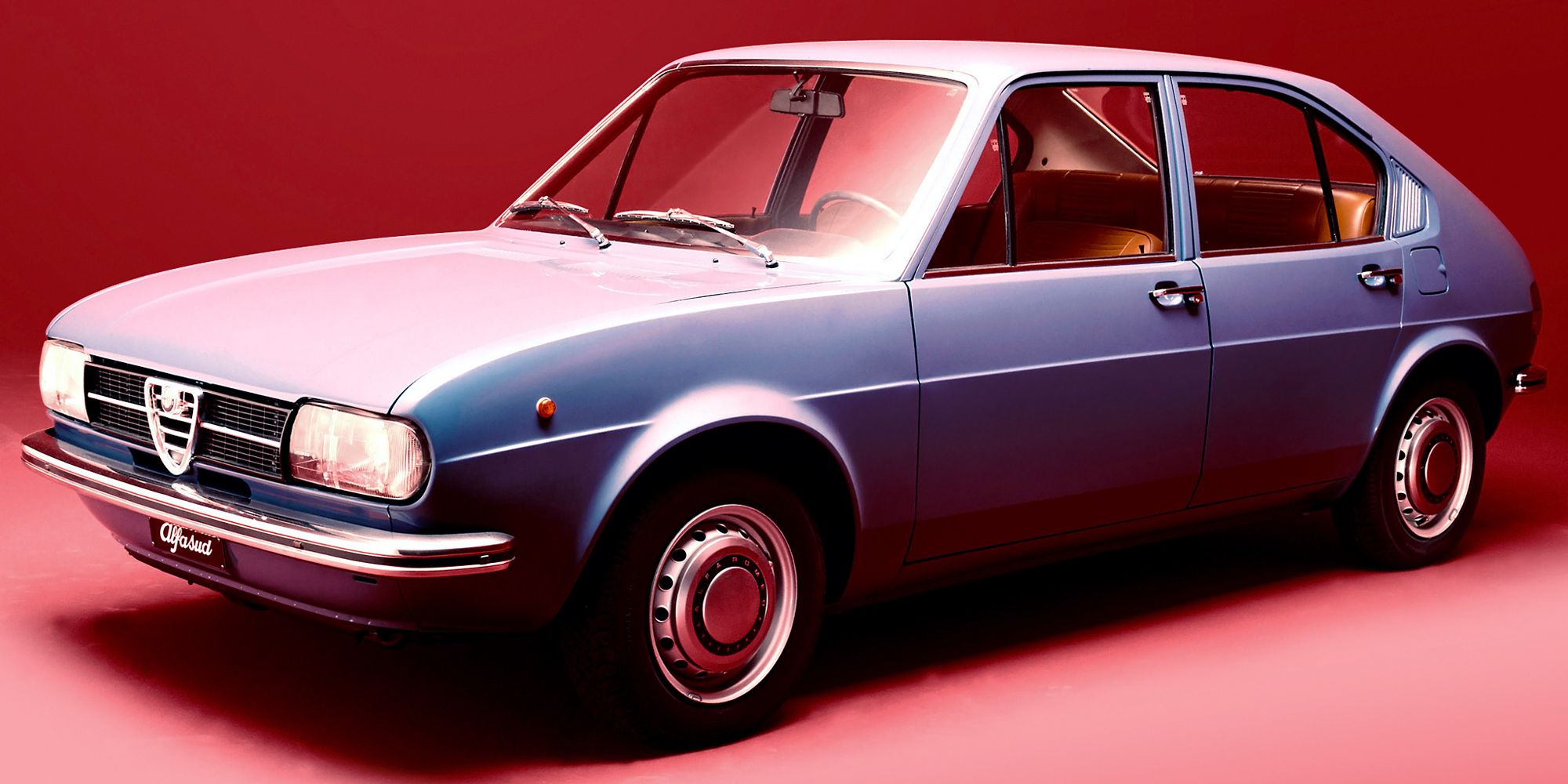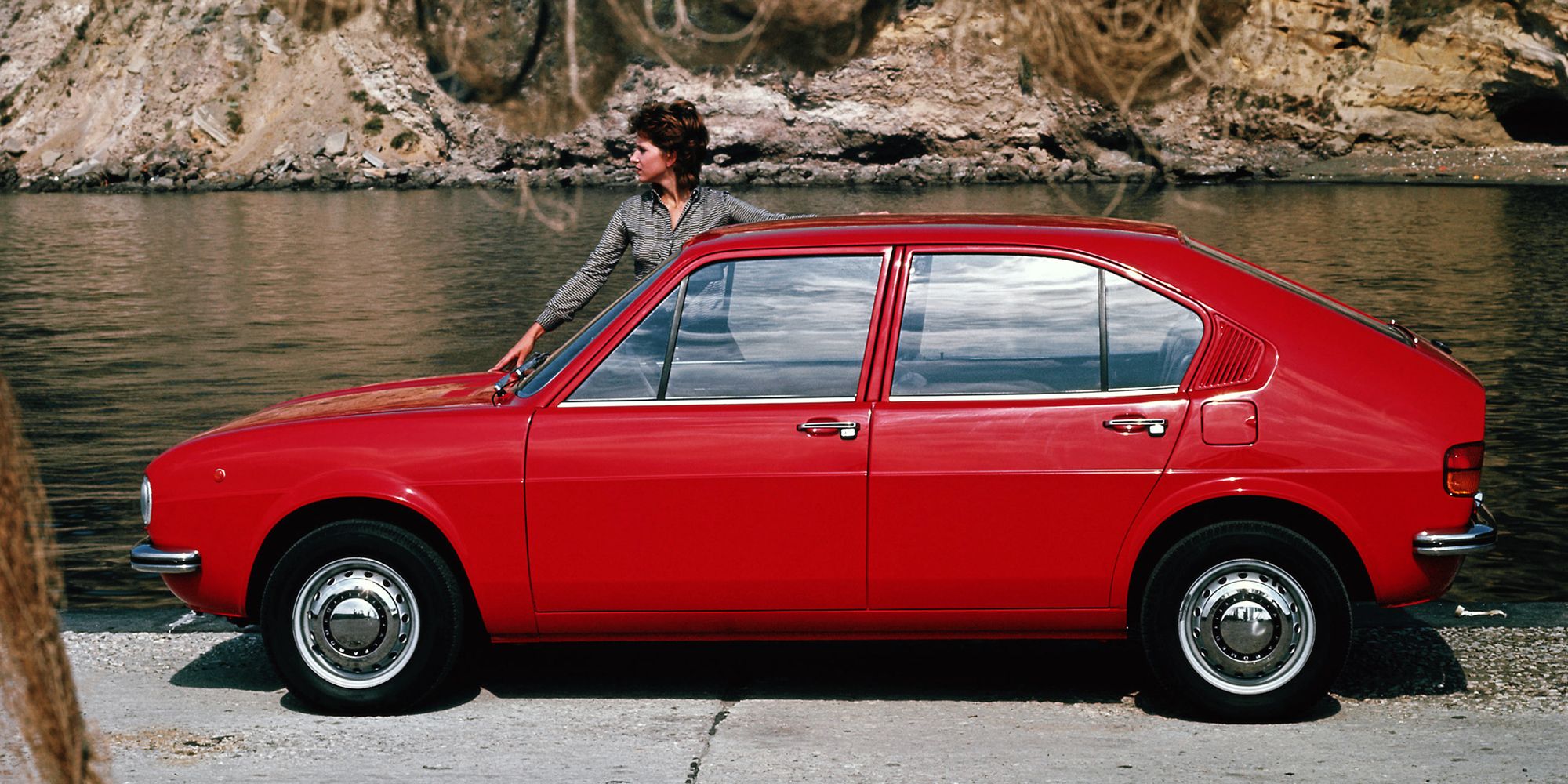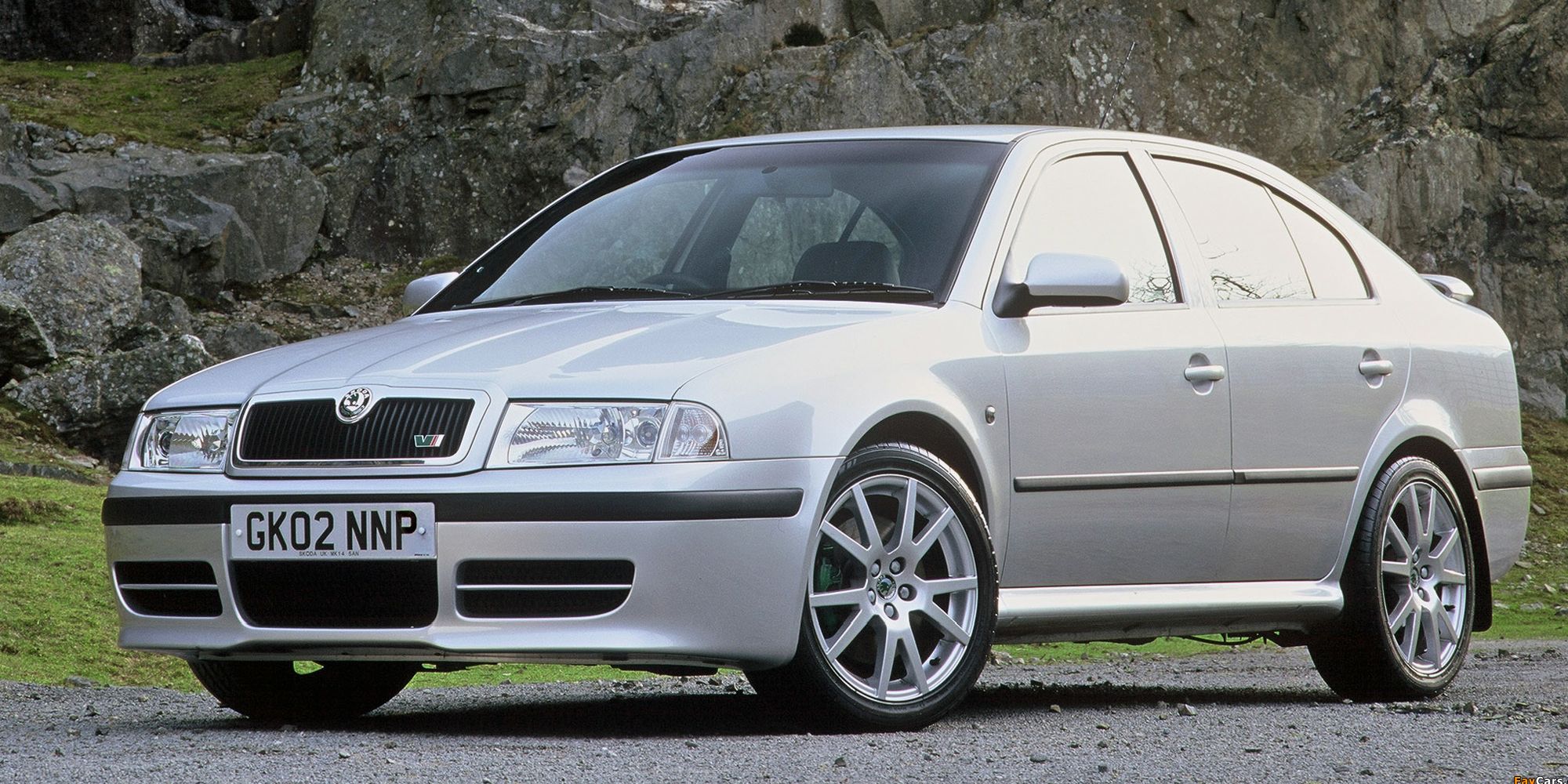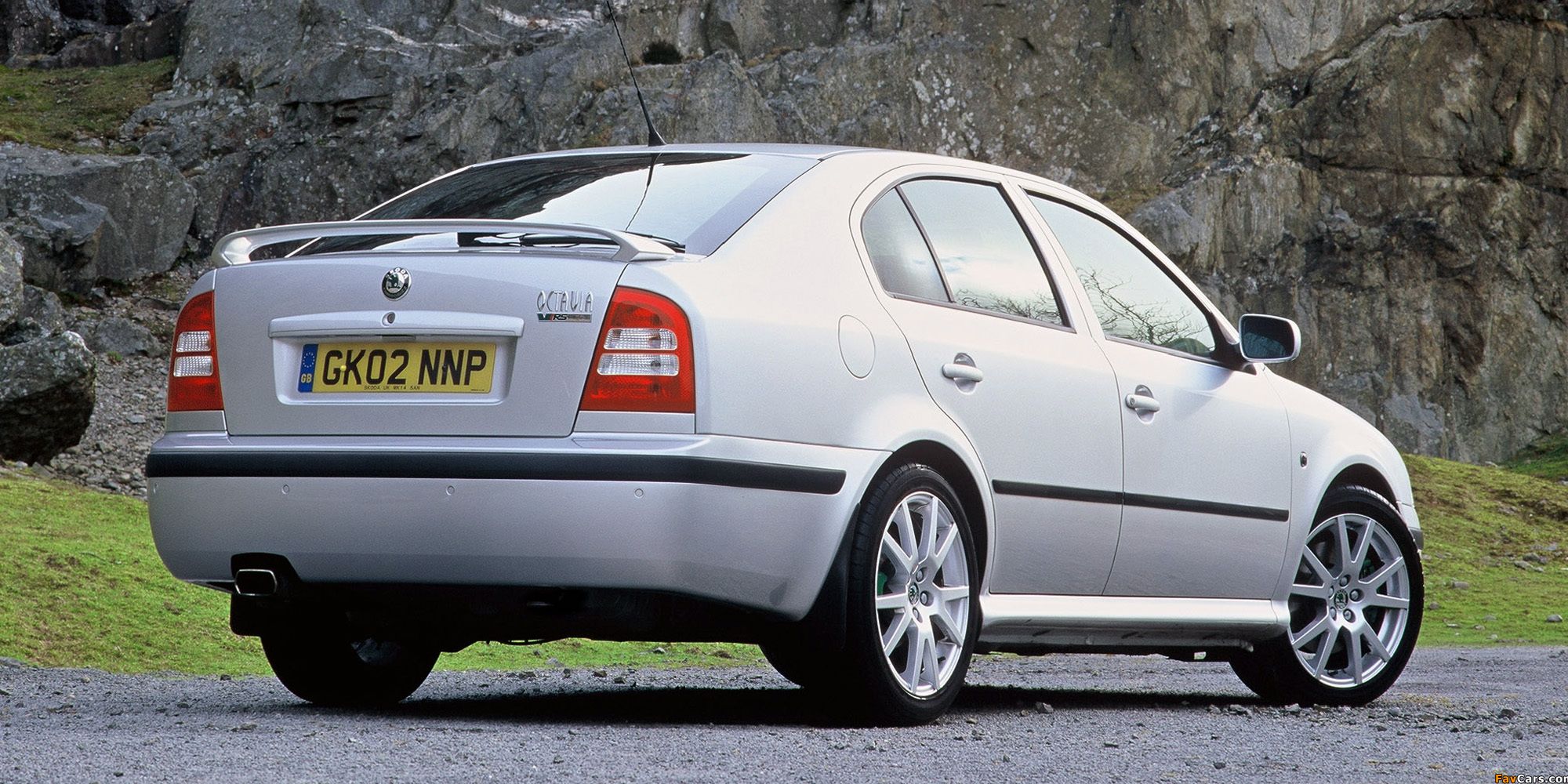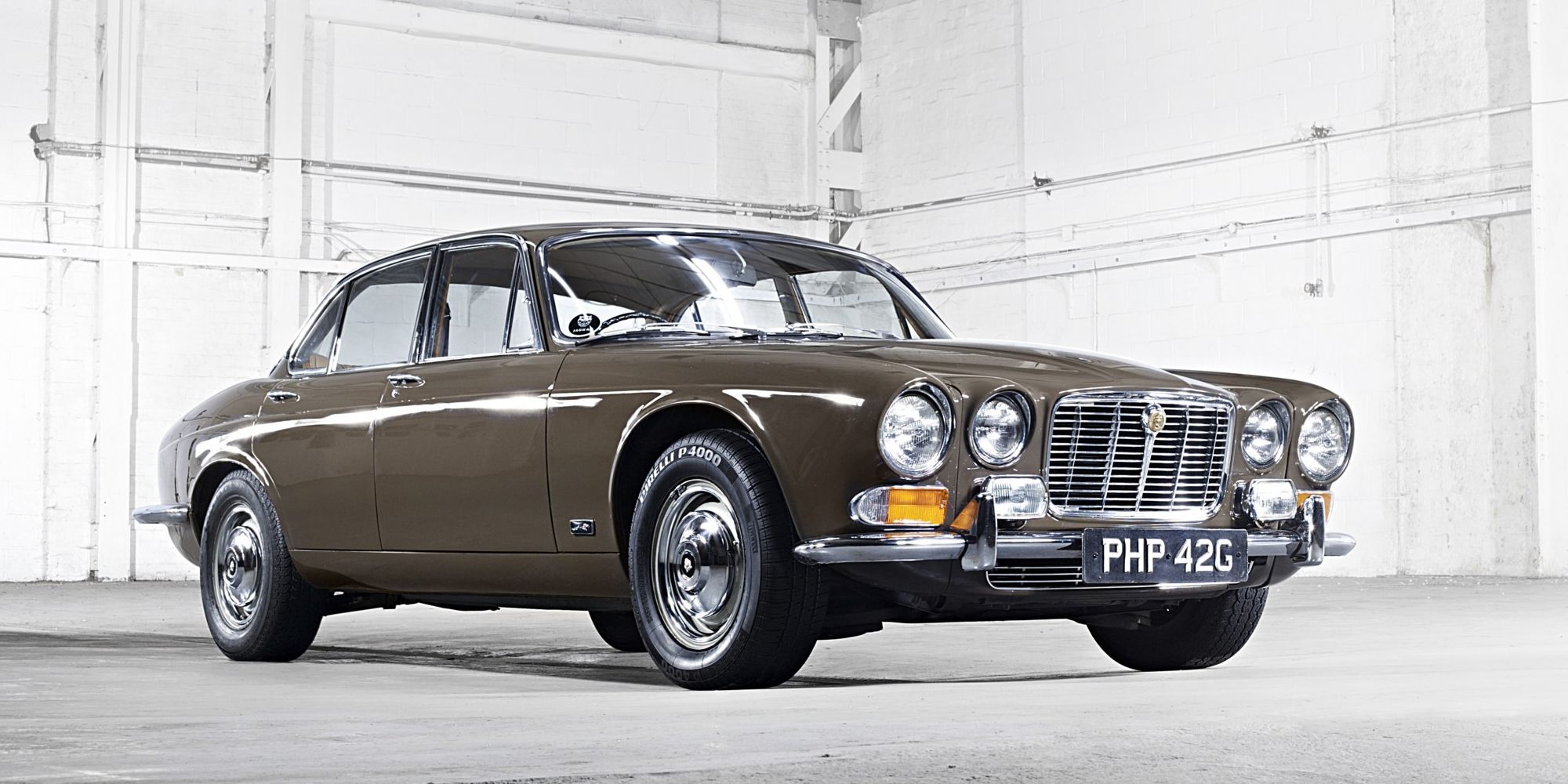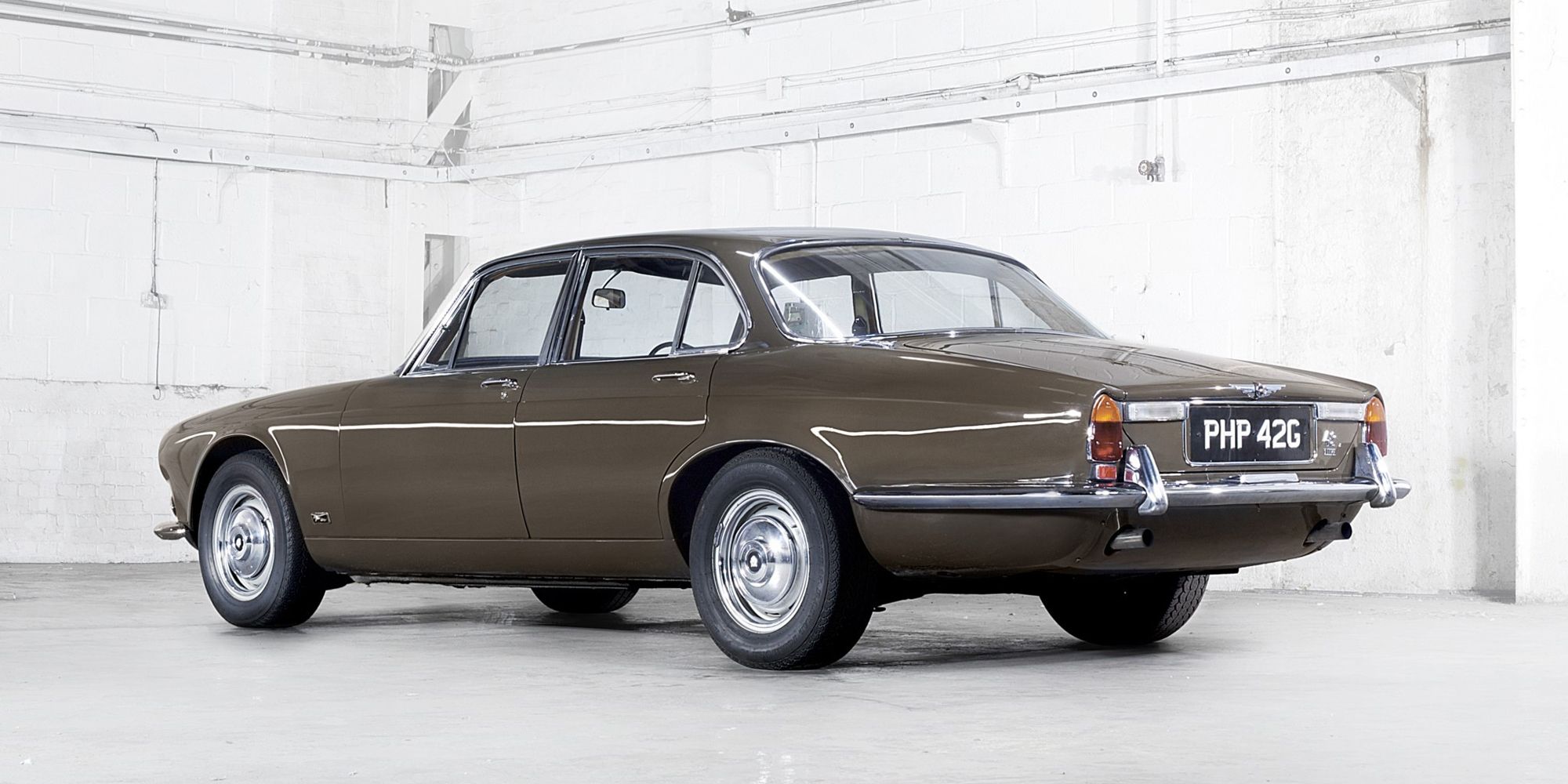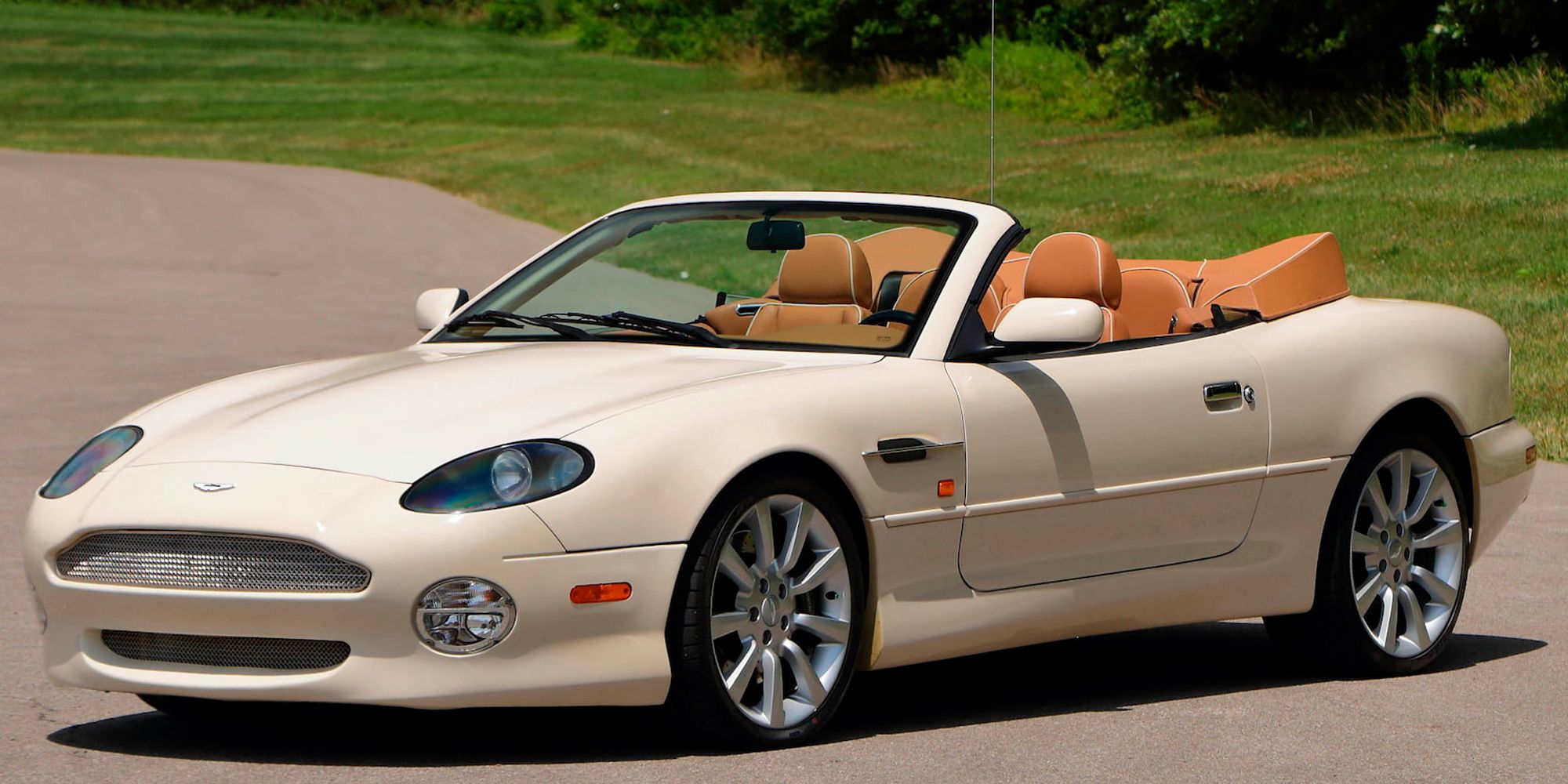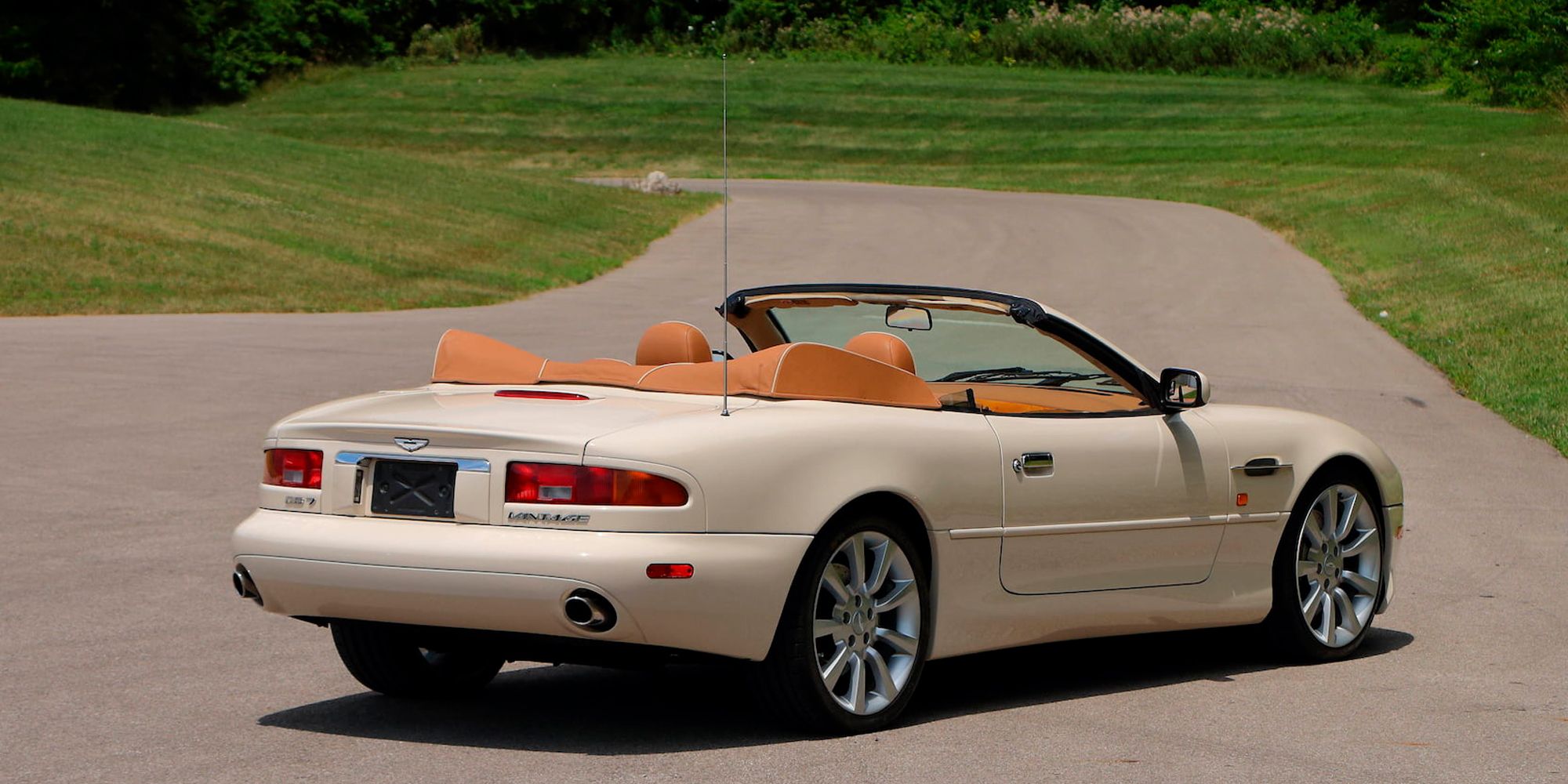No matter what kind of cars or how many cars an automaker builds, the end goal is always the profit. After all, that's how every business works. Some automakers have managed to stay afloat and relevant because of their great, well-selling cars, while others simply couldn't muster up a good product, resulting in going defunct.
But sometimes, struggling automakers have an ace up their sleeve. Just as they're about to go under, they reveal a revolutionary model that they pretty much bet the company on. While there are some unsuccessful examples, in a lot of cases, these models ended up single-handedly saving the company, such as these classic cars.
10 Porsche Cayenne & Boxster
By the 1990s, Porsche was definitely cash-strapped. The 911 was a pretty slow sell, and their entry level models like the 944 and the 968 weren't exactly strong sellers either. For a while, they remained in business by building performance models for other brands, most notably Mercedes-Benz (500E) and Audi (RS2 Avant).
Porsche had not just one, but two aces up their sleeves. The first one arrived in the form of the Boxster in 1996. It was another entry-level model, but like the flagship 911, it was RWD and used a flat-6 engine. Things were looking up, and then they definitely skyrocketed after Porsche saw the potential of the luxury SUV market, leading to the first Cayenne in 2003.
9 Volvo 700 Series
Before the 1980s, Volvo was a pretty humble car brand, mostly earning sales due to the safety and reliability of their models, which still holds true today. But, this lovable Swedish brand wanted to take things up a notch, and it did so with the introduction of the 700 series in 1984.
As well as the usual excellent safety, practicality and durability that people knew Volvo for, the 700 series also added a good driving experience and some luxury features to the formula. The 740 was a mid-size sedan, the 760 was a more luxurious offering, and the 780 was a rakish, Bertone-styled two-door coupe. As a whole package, the Volvo 700 series went on to become one of the most successful models in the brand's history.
8 Volkswagen Type 2 (Beetle)
This one is a little bit more complicated. Technically speaking, the Beetle didn't just save the Volkswagen brand, but it also kickstarted it as well. Originally approved by Adolf Hitler himself as the people's car of the day, the Beetle hit the scene in the late 1930s.
It went on to become one of the most popular cars in the world, with 21 million units sold and a huge cult following developed. The Beetle was so huge, that it formed the backbone for most of VW's other models in the 60s and 70s, and even when the Golf was introduced in the mid 70s, Latin America refused to let the Beetle go, and it remained in production there until 2003, with very few changes.
7 BMW 700
Long before the days of huge kidney grilles, social media insults and M cars, BMW was a pretty normal automaker. During the 1950s, believe it or not, BMW was a struggling automotive brand, and they were on the verge of collapse.
However, the 700, introduced in 1959, turned that around completely. It used a rear-mounted parallel-twin engine sourced from BMW's motorcycles of the era, something that very few automakers have replicated. It also used a unibody construction, making it way better to drive. The rest is history.
6 1949 Ford (Custom)
Throughout the first half of the 20th century, Ford's market share and products ebbed and flowed, depending on a lot of factors. Things were going very well during the era of the Model T, the first car to be built on an assembly line.
However, after WWII, Ford was stuck with a bunch of outdated pre-war designs, and the death of Henry Ford resulted in a very gloomy outlook for this automotive juggernaut. Introduced in 1949 under the leadership of Henry Ford II, the simply-named 1949 Ford was the first all-new design to come out of one of the Big Three since WWII ended. After this, it was game on.
5 The Original Fiat 500
After the second World War, the automotive industry suffered on a global level. This included Italy, where the scooter (otherwise known as the Vespa) started to make the car obsolete, especially as the cars available at the time were less than desirable.
Then, in 1957, Fiat completely changed that with the introduction of the original 500. Debuting just two years before the original Mini, it had the same purpose; a tiny, affordable car that could seat four people, and one that wasn't a bubble car either. Parts for the 500 were available at convenience stores (seriously), and part of the roof was fabric from the factory to save costs. Just like the Beetle and the Mini, the 500 is now a cult car as well.
4 Alfa Romeo Alfasud
Debuting in 1972, two years before VW's revered Golf, the Alfasud was the same type of vehicle. Alfa Romeo had garnered a reputation of being great to drive and look at RWD cars, so the Alfasud was a little bit of a departure.
It was FWD and used a small flat-four engine, but Alfa still managed to inject some handling magic into the Alfasud, resulting in a pretty fun small car. Unfortunately, being an Alfa Romeo, reliability issues were aplenty, but it was a compelling small car, with over 300,000 units sold in its 11-year production run, allowing Alfa to stay afloat and build great cars well into the 80s, like the Milano.
3 Škoda Octavia
Škoda started out as Laurin & Klement in the Czech Republic, manufacturing bicycles, then dabbling in cars and being acquired by the state-owned Škoda Works. In the early 90s, Škoda became a wholly owned subsidiary of the VW Group, signaling a new era for the brand.
Cars like the Favorit and Forman, as well as the ones that came before, were hated basically everywhere, but the original Octavia was the push the brand needed. Based on the Mk4 Golf, but bigger, yet also somehow cheaper, the Octavia kickstarted a new era for Škoda, and nowadays, they're known as one of the best-value automakers on a global level.
2 Jaguar XJ6 (Series I)
Jaguar struggled more than a few times during the 20th century, but when the Series I XJ6 debuted in 1968, it completely shocked the world. Previous attempts by Jaguar tried to match the competition, but the XJ6 was the first car to actually beat it, and then some.
During the XJ6's life, Jaguar was also getting ready to depart from British Leyland, and hard though it may have been, the XJ6 soldiered on and provided all the support Jaguar needed during the departure, and it lived on for two additional Series until the 90s, and formed the basis for cars like Jaguar's own XJS Coupe, and the Aston Martin DB7 to a lesser extent. Speaking of which...
1 Aston Martin DB7
Like Jaguar, Aston Martin also struggled quite a bit during the 20th century, changing owners, and in turn, decision making and finances all throughout the decades. Then, in 1987, Aston Martin was finally sold to Ford, and it was just the push the British sports carmaker needed.
Ford decided that the one thing Aston Martin desperately needed to get back into the game headfirst was an entry level GT car. The 1994 DB7 Vantage was the result of that idea, starting out with a supercharged Ford six-cylinder engine, which was eventually replaced by Aston Martin's legendary 5.9 V12. Almost 30 years later, Aston Martin is an independent brand, and one of the world's premiere sports car manufacturers, thanks to Ford's expertise and the DB7 Vantage.

